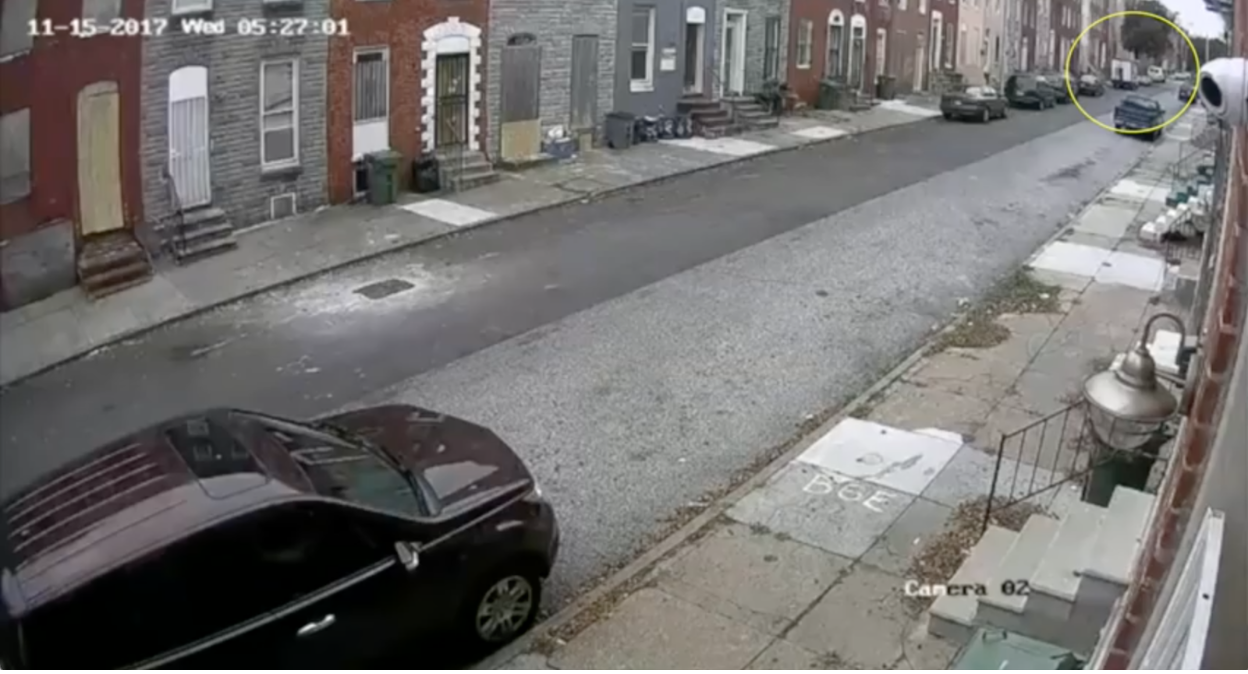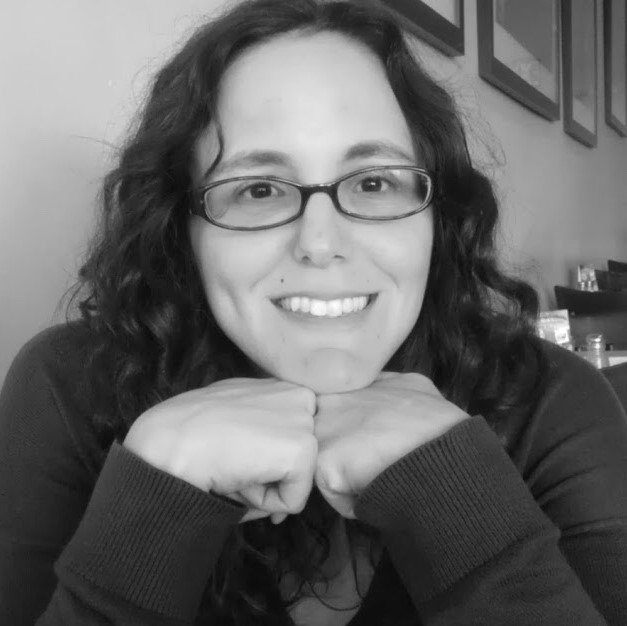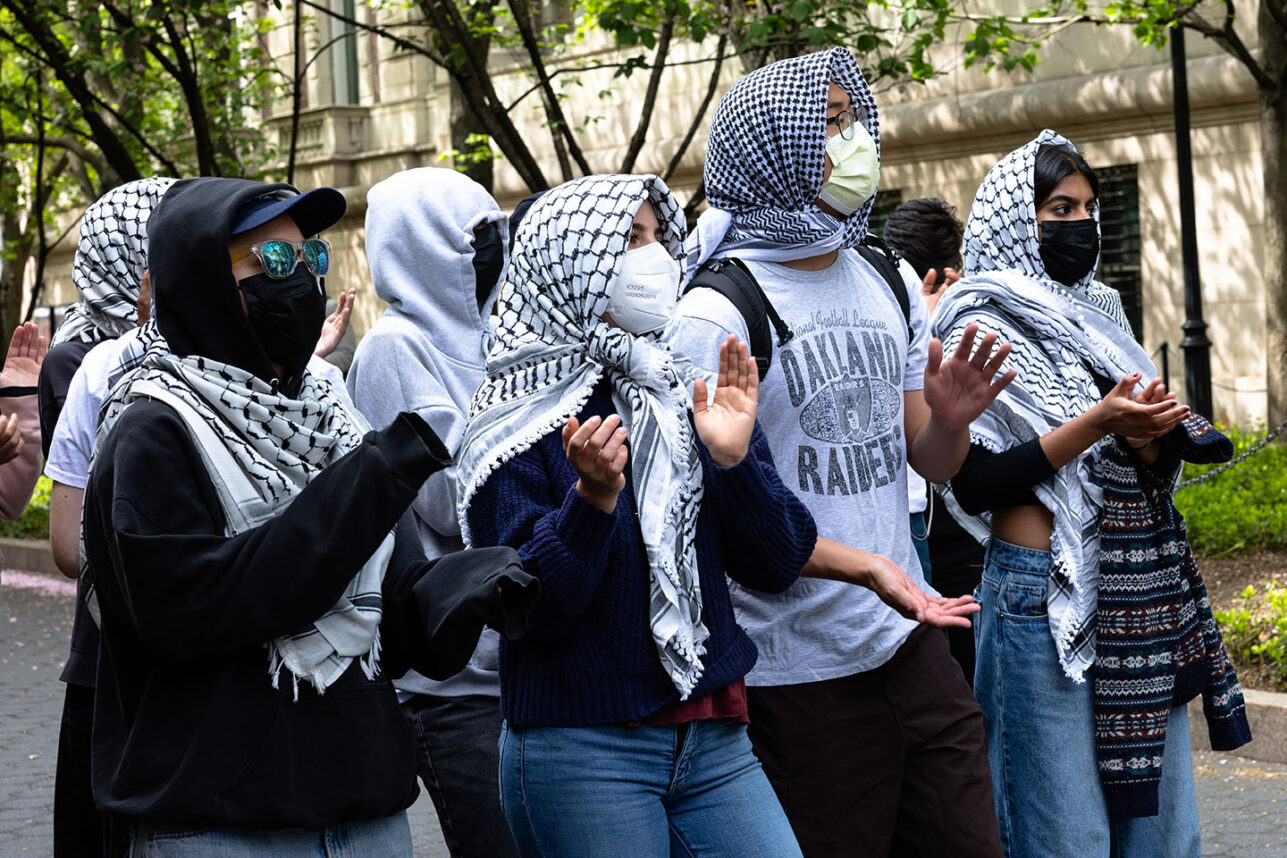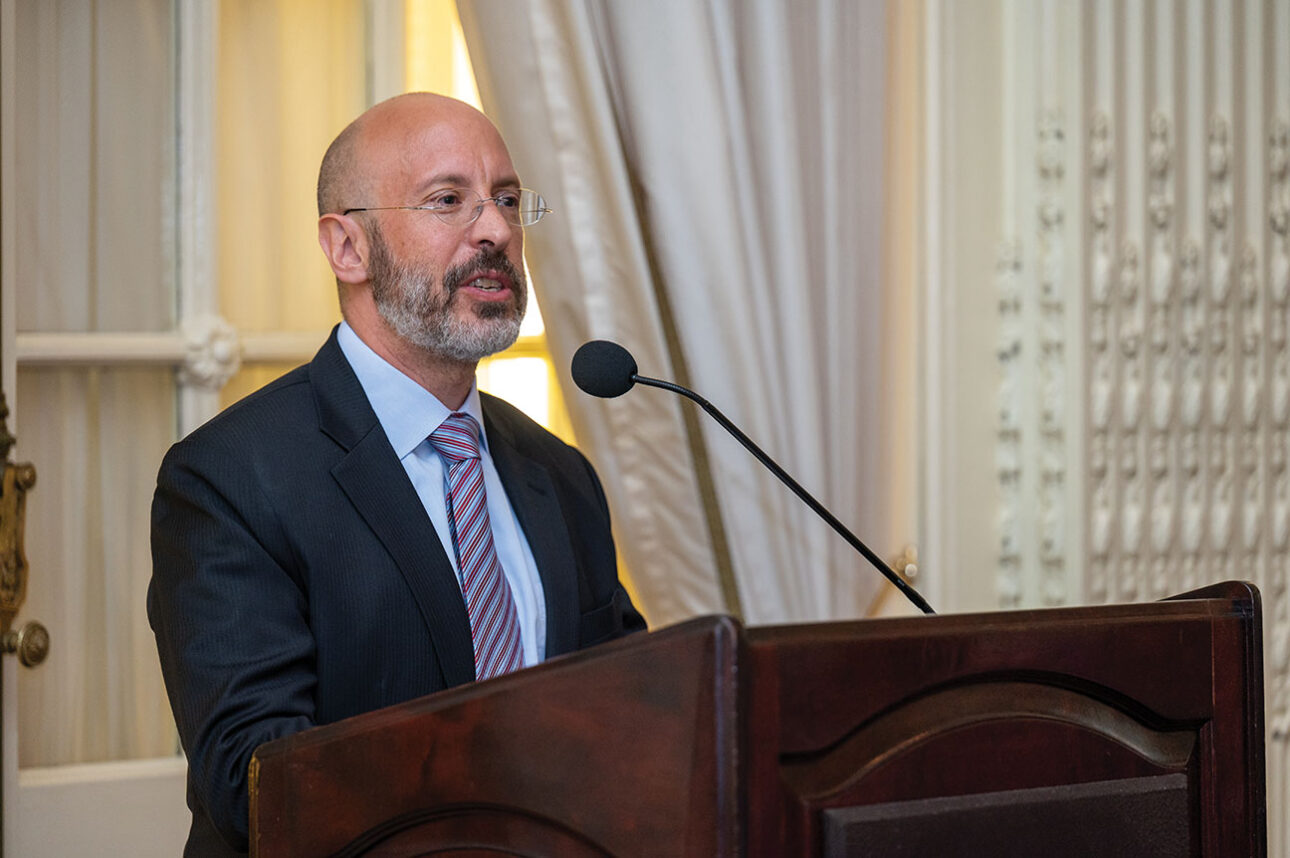On August 28th, an Independent Review Board, hired by the Baltimore Police Department to analyze the shooting death of Homicide Detective Sean Suiter, released a report concluding that his death was a suicide. The report’s findings were shared with BPD and the Office of the Medical Examiner, who have not yet overturned its homicide determination in this case. The IRB’s report relies on a combination of forensic, audio, video, and eyewitness evidence.
The report and its conclusions are a large subject to tackle, as is the very nature of the IRB and its work on this case. However, for those interested in figuring out what happened to Sean Suiter, the report’s release did come with additional hard evidence, particularly surveillance footage.
This article provides an analysis of this video evidence, with links to many of its moments. It is recommended that you watch the challenging video all the way through, more than once, especially if you are not used to watching police videos. It can help to download the video from youtube.
DISCREPENCIES
Surveillance video released in the shooting death of Baltimore Police Department (BPD) Homicide Detective Sean Suiter was intended to supplement and support the findings of the Independent Review Board (IRB) report. The IRB relied on video, audio, forensic, and eyewitness evidence to determine that Suiter’s death in a vacant lot in Harlem Park neighborhood of West Baltimore last November was a suicide.
The surveillance video is the most substantial hard evidence the public has thus far obtained in the death of Sean Suiter. Yet, local media has largely ignored what it shows. It doesn’t help that the video shows individuals so far in the distance that their identities cannot be confirmed. The video’s timestamp is also “out of sync” by “eleven hours and four minutes,” according to a footnote in the report.
Still, presuming that the video has been verified to show the time, date, and individuals in question, a close frame-by-frame analysis reveals several discrepancies between what it shows and what is described in the IRB report. These discrepancies could undermine the report’s conclusions.
For instance, the report omits one clear-as-day moment showing an individual, who seems to be Suiter’s partner that day, David Bomenka, entering the crime scene area almost two minutes before any responding officers capture it on body-worn camera (BWC). That moment would be low-hanging fruit for any investigator, especially as the IRB’s suicide conclusion relies in part on the integrity of the BWC capturing an unspoiled crime scene.
THE DEAD ZONE AND THE CORNER
The Bennett Place video uploaded by BPD to youtube is challenging but not impossible to analyze. It includes four sections. The first section shows the surveillance video with a circle highlighting the area in question, just outside of a vacant lot on Bennett Place near the intersection of Schroeder Street. The lot is just to the left of the white van and tall tree in the distance. The video starts at 5:27:01 (camera time)/ 4:31:06 (real time), as pictured:

The second section of the youtube video provides a blurry close-up of the same events. This is followed by an audio loop of Suiter’s last dispatch call and the same raw video as the first section, only longer and without the circle.
The IRB report identifies two figures in the video – Suiter, a black man in dark clothes, and his partner that day, Detective David Bomenka, a white man in a long tan jacket. Bomenka’s light skin and clothing make him appear ghost-like on occasion. When the officers first appear, they emerge from the vacant lot area and cross Bennett Place. They immediately cross back.
The report describes the moments before Suiter’s fatal shooting largely from Bomenka’s point-of-view. First, he describes the two officers staking out the L-shaped vacant lot from both of its entrances, while keeping each other in view:
At 4:32:44 p.m., Suiter walked back behind the white van, and Bomenka went to the corner of Bennett Place and Schroeder Street. Bomenka recalled that Suiter directed him to take this position so that he could see if someone came out of the opening between the two houses on Schroeder Street… That opening leads east directly to the vacant lot.
On screen, Suiter can be seen standing behind or near the white van, beginning around 5:28:50/4:32:50pm. Yet, Bomenka’s figure does not clearly appear on the corner of Bennett and Schroeder.
For about the next four minutes, Suiter stays behind or just to the left of the van, at one point moving back and forth behind the van a bit. At 5:32:10/4:36:10pm, he suddenly ducks out of view to the left. According to the IRB, he was fatally shot by a gunshot wound around this point, which the report concludes was self-inflicted.
Suiter may not have been alone for the entire four minutes before the shooting. Upon many repeated viewings, it’s clear that there is an area between the white van and the vacant lot that is hard to view, a “dead zone.” Shadows appear and disappear in this area, giving the impression of activity. Objects generally appear clearer in its background, like the cars driving past on Schroeder.
At one point, Suiter walks from behind the van into the dead zone and slowly turns into a black dot. Then, almost a minute later, he returns behind the van and is clearer again as a human-shaped form.
The close-up footage shared by BPD reveals a smudge over the dead zone. It’s not the only smudgy area on the video, but it’s the most pronounced. The left image shows the close-up footage, as provided by BPD; the right image shows the smudged area circled in red:

The dead zone creates major issues for anyone reviewing this evidence. A lot of important activity takes place in that spot, including Suiter’s last moments on screen.
The dead zone also holds the key to Bomenka’s location and activities. The detective claims to be on the corner during the entire four minutes that Suiter is behind or near the van. He reports seeing Suiter “wave” at him just before the shooting, signifying that “something was happening in the vacant lot.”
For the most part, Bomenka is not clearly visible on the corner. A couple of times, there is a faint white figure moving in the background of the dead zone, which is near the corner of the building. This is somewhat visible, for example, at 5:29:30/4:34:30 or here on the close-up footage. Yet, in the moments just before Suiter’s shooting, several cars pass by that corner unobstructed.
Moments after the shooting, Bomenka is seen running through the dead zone and into the street. It’s remarkable how much clearer he is on the other side.
BOMENKA’S SPEEDY RESPONSE
The IRB describes Bomenka’s response to Suiter’s shooting in a way that is not entirely supported by the video evidence:
As Detective Bomenka ran to the vacant lot, he unholstered his gun and scanned the area for a potential active shooter. Bomenka did not see anyone other than his fallen partner, nor did he see anyone fleeing the area. He then ran west on Bennett Place, crossed Bennett Place to the north side, and called 911 at 4:36:51 p.m. from the northeast corner of Bennett Place and Schroeder Street….
This all happened quickly, according to the report:
The Bennett Place Video shows Bomenka running towards Schroeder Street (away from the lot) just eight to nine seconds after he began running towards the lot where Suiter was shot.
Note that the report mentions seeing Bomenka running away from the lot and not towards it. Why would Bomenka only be visible running in one direction?
Even more, the video doesn’t clearly show Bomenka running on Bennett Place at all. What it does show is the detective running due north on Schroeder, starting about ten seconds after the shooting, around 5:32:20/4:36:20, or here on the close-up footage.
Either the IRB received a clearer version of the video, without the dead zone smudge, or they extrapolated about what happened from what Bomenka told them.
On the video, Bomenka does seems to pause for a brief second at the edge of the building before taking off, quickly, across the street. There is a bit of motion for a second or two, and it could be what the IRB interprets as him running from the lot up to the corner. It’s not that clear. The dead zone makes depth perception challenging.


The IRB report claims that Bomenka “scanned” the lot in the eight to ten seconds before running across the street. From the video evidence, it is just as plausible that he did this from the lot’s other entrance, on Schroeder.
Bomenka also may not have “scanned” the lot at all. According to the report,
Detective Bomenka provided varying accounts of Suiter’s position when first observed: falling, just finishing a collapse to the ground, or fallen to the ground…
In one account, Detective Bomenka stated he heard shots after he saw Suiter down or falling. Detective Suiter’s gun was not visible. Detective Bomenka would later see that Detective Suiter had fallen on top of his gun.
This is the only time the report acknowledges that Bomenka could have been a flawed narrator.
The IRB accepts Bomenka’s description of his long route following the shooting, as well as his testimony that there was no shooter in the lot. Thus, it concludes that Suiter’s death was a suicide: “All of the actions that led to Suiter’s death could have only taken a couple of seconds at most.”
The report does provide one corroborating witness, who looked out of his second-floor window facing Bennett Place after hearing shots. The witness saw a plainclothes officer “scan the area where Suiter was found.” The witness “correctly described” what Bomenka was wearing but described him as African-American. Bomenka is white.
The report notes that that the witness “then saw the plainclothes officer return as uniformed officers arrived on the scene.” It would be helpful to read transcripts of that witnesses’ two interviews. Video evidence suggests that those events – Bomenka’s return and the uniformed officers’ arrivals – happened nearly two minutes apart.
FIRST ON THE SCENE
The IRB report entirely leaves out a moment on the video of an individual, who appears to be Bomenka, entering the crime scene almost two minutes before patrol officers respond with body-worn cameras (BWC).
Around 5:34:06/4:38:06pm, about a minute after Bomenka’s 911 call, a minivan is driving west on Bennett Place, towards the vacant lot. What looks like an officer jumps out from the north side of Bennett place to stop the vehicle, sending it all the way back down the one-way street, in reverse. This moment can be seen here on the close-up footage.
This figure appears to be an officer mostly because he is able to quickly and easily stop a vehicle and send it back down the street. The figure also looks like Bomenka, as he seems to be wearing a long tan jacket:

This officer then heads towards the vacant lot, but steps back out into the street three times to make sure that the minivan is still going backwards. Why is this officer so concerned about a witness passing by the shooting scene? 911 has already been called. If he didn’t want the witness disturbing the crime scene, he could’ve hurried it along to the corner rather than creating the safety issue of a car backing down a long block.
After the car retreats, this officer disappears into the lot area. He doesn’t seem to be in any kind of a hurry.
Since we never see another person cross Bennett Place towards the lot, it further follows that this officer is Bomenka. The next time we see the detective, he is filmed on a patrol officer’s BWC outside of the lot, almost two minutes later:

(The yellow captioning is how the image appears in the IRB report. BPD hasn’t released the full BWCs yet.)
The IRB’s description of what happens after Bomenka’s 911 call leaves a two-minute gap during which the minivan encounter happens:
Within one minute, at 4:37:55 p.m., the 911 operator activated a “Signal 13” (officer down) alert. Officer Santiago, a patrol officer who was in uniform and wearing a BWC, was the first responding officer to approach the scene. He saw Detective Bomenka, and together they returned to the vacant lot.
Figure 10 is a still shot from Officer Santiago’s BWC at 4:39:55 p.m., about 3.5 minutes after the shots were fired… That same minute—4:40 p.m.—Officer Millon reached the scene.
Notice how vaguely the report describes exactly when and how Officer Santiago arrived at the scene. It is not at all vague on the surveillance video. At 5:35:42/4:39:42pm, a patrol car pulls up alongside the lot. An officer rushes out into the lot:

This corresponds with the still from Santiago’s BWC capturing the scene at 4:39:55pm, as pictured.
Several other police cars next arrive on video at once, which corresponds to the multiple officers shown in a still from Officer Millon’s BWC:

So the IRB report omits the clear-as-day evidence that Bomenka crossed back to the crime scene after his 911 call, despite an otherwise detailed account of his activities. It then describes Officer Santiago’s arrival in a vague enough manner to suggest that the patrol officer arrived with Bomenka to the lot.
The IRB reportedly re-interviewed Detective Bomenka but not Santiago. The patrol officer could have shared exactly where he found Bomenka and whether they, in fact, entered the crime scene together.
The video evidence does not prove that Bomenka and/or another officer manipulated the crime scene. It just shows him heading there. However, it does undermine the certainty that the crime scene was pure.
The IRB report relies extensively on the premise that BWCs captured the crime scene undisturbed. In footnotes, the report admits to using BWC footage to determine, for instance, that Suiter had a gun and radio in his hand while approaching the lot before the shooting. This is not clear from the video; it’s how the detective appeared on the ground on BWCs.
The IRB report includes several other discrepancies from the video evidence. For instance, Suiter and Bomenka reportedly visited Bennett Place the day before the shooting, but no video is provided of that visit or mentioned about it.
Overall, one wonders if the panelists were provided with the exact same video that BPD uploaded to youtube, and, if so, how much time they were able to spend carefully studying it. Were they guided through the video by the BPD officials and investigators that attended several meetings of the independent panel?
One also wonders if whoever wrote the final draft of the report was aware enough of these omissions and discrepancies to dance around them repeatedly.
Link to the final article in this series: Conclusion – The Enhanced Video and Audio Shows a Homicide























 More news and opinions than at a Shabbat dinner, right in your inbox.
More news and opinions than at a Shabbat dinner, right in your inbox.